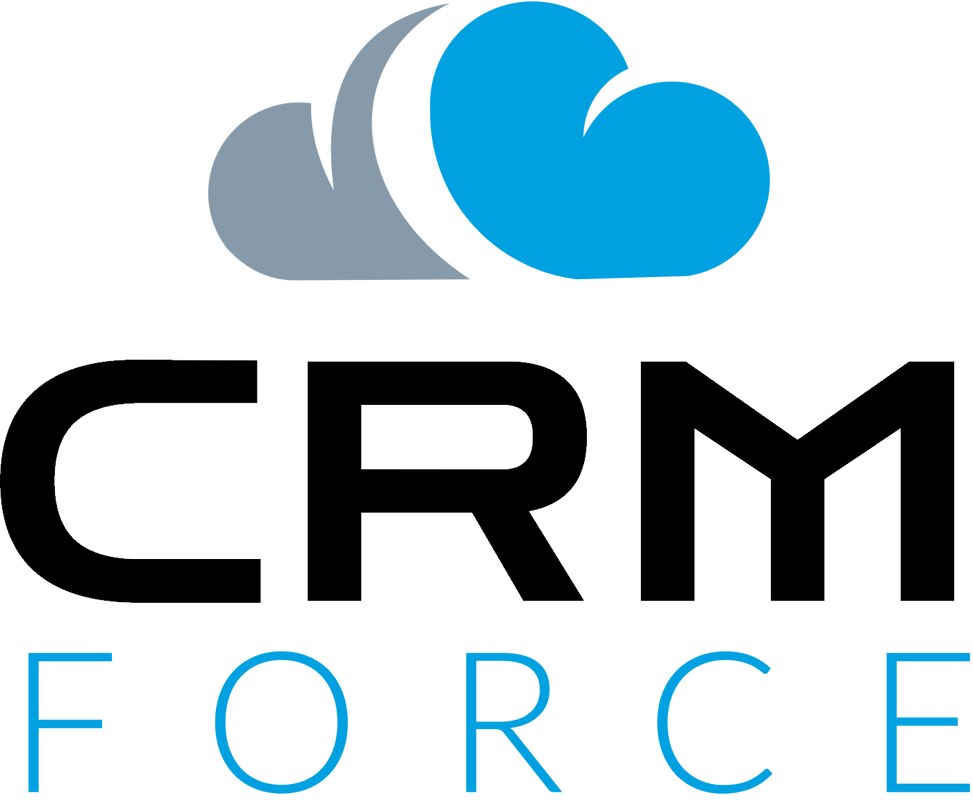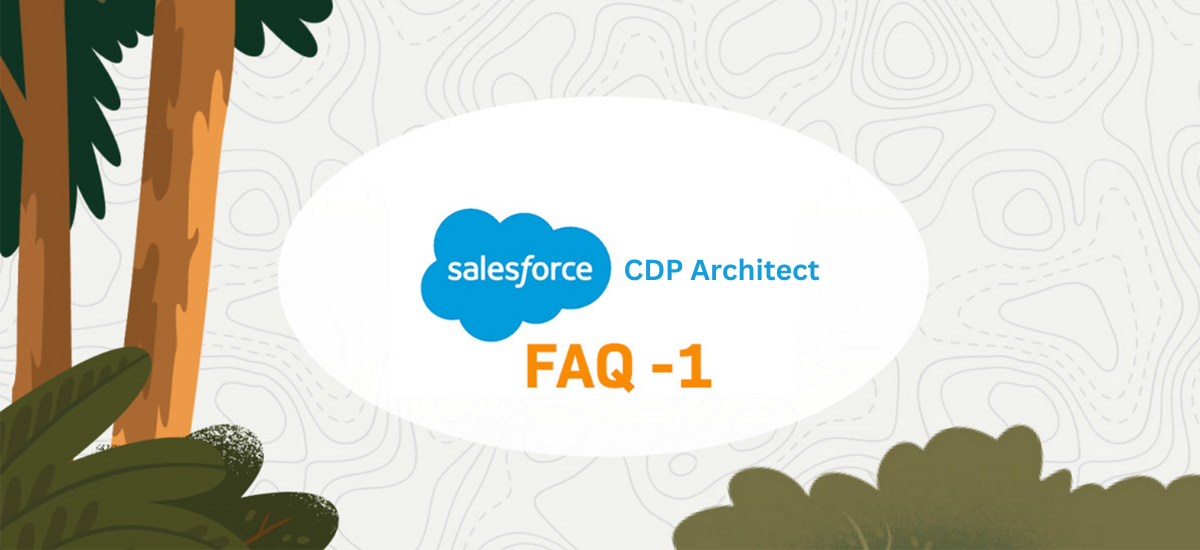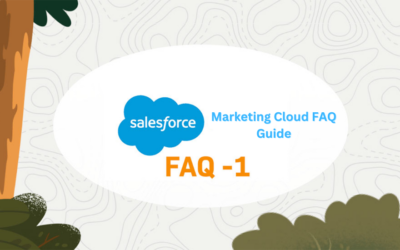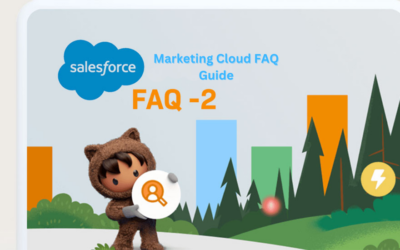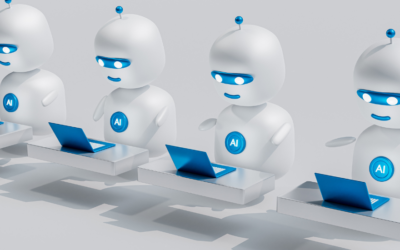In today’s competitive business landscape, Customer Data Platforms (CDPs) have become the cornerstone of modern marketing strategies. They enable organizations to gather, analyze, and leverage customer data to drive personalized experiences and foster long-lasting customer relationships. However, harnessing the full potential of a Salesforce CDP requires a skilled architect who can design, implement, and manage this intricate system. Whether you’re a hiring manager looking to find the perfect Salesforce CDP Architect or a candidate aspiring to excel in this role, it’s crucial to understand the key interview questions and answers that can help you evaluate the candidate’s proficiency. In this comprehensive guide, we’ll delve into the top 20 interview questions and answers tailored specifically for assessing Salesforce CDP Architects, ensuring you can identify the best talent for this critical position. If you need assistance with Salesforce CRM setup and optimization, companies like CRM Force can provide valuable expertise and support.
1- What is a Salesforce Customer Data Platform (CDP), and why is it important for businesses?
Answer: A Salesforce CDP is a unified platform that collects, processes, and segments customer data from various sources to create a single customer view. It’s essential for businesses because it allows them to gain deep insights into customer behavior, preferences, and interactions across multiple touchpoints. This enables personalized marketing campaigns, improved customer service, and data-driven decision-making.
2- What is the primary goal of data ingestion in a Salesforce CDP?
Answer: Data ingestion involves collecting data from various sources. The primary goal is to aggregate data efficiently and ensure it’s cleansed and standardized for further processing and analysis.
3- How can you ensure data quality and consistency in a Salesforce CDP?
Answer: Data quality can be maintained through validation rules, data cleansing, and data enrichment processes. Consistency is ensured by mapping and transforming data consistently across all sources.
4- What are the key components of the Salesforce CDP architecture, and how do they interact with each other?
Answer: The key components are Data Ingestion, Data Processing, Data Storage, and Data Activation layers. Data flows from ingestion to processing, then to storage, and finally to activation, with each layer serving a specific purpose.
5- What data security measures should be implemented in a Salesforce CDP?
Answer: Implement role-based access control, encryption, and audit trails to secure data. Compliance with data privacy regulations such as GDPR and CCPA is essential.
6- What are the advantages of using AI and machine learning in a Salesforce CDP?
Answer: AI and machine learning can automate data analysis, predict customer behavior, and recommend personalized actions, enhancing the effectiveness of marketing campaigns and customer interactions.
7- How does a Salesforce CDP handle real-time data processing, and why is it important in today’s marketing landscape?
Answer: Real-time data processing involves processing data as it is generated, enabling immediate responses. This is crucial for delivering timely personalized experiences and responding to customer interactions promptly.
8- What integration options are available for connecting a Salesforce CDP with external systems and data sources?
Answer: Salesforce CDP offers APIs, webhooks, and connectors to integrate with various data sources, CRM systems, marketing automation tools, and other third-party applications.
9- What is the difference between batch processing and real-time processing in a Salesforce CDP?
Answer: Batch processing involves processing data in predefined chunks or batches, while real-time processing processes data as it arrives. Real-time processing is suitable for immediate actions, while batch processing is used for tasks like nightly data updates.
10- What is customer segmentation, and how can it be achieved in a Salesforce CDP?
Answer: Customer segmentation is the process of dividing customers into groups based on common characteristics. In a Salesforce CDP, segmentation is achieved through data analysis and rule-based or AI-driven criteria.
11- How can a Salesforce CDP handle omnichannel marketing campaigns effectively?
Answer: A Salesforce CDP can centralize customer data and insights, allowing marketers to create and execute consistent omnichannel campaigns. It ensures that customers receive a unified experience across all channels.
12- What role does data governance play in a Salesforce CDP, and how can it be implemented effectively?
Answer: Data governance involves defining policies and procedures for data management. It ensures data quality, privacy, and compliance. Effective implementation includes establishing data stewardship roles and enforcing data governance rules.
13- What are the potential security risks associated with third-party integrations in a Salesforce CDP, and how can they be mitigated?
Answer: Risks may include data breaches and unauthorized access. Mitigation strategies involve API security, access control, and regular security assessments of third-party integrations.
14- How would you approach data integration with external systems that use different data formats, such as XML, JSON, or CSV, in a Salesforce CDP?
Answer: To integrate various data formats, you can implement data transformation processes using tools like ETL (Extract, Transform, Load) to convert data into a standardized format compatible with the CDP.
15- How data streaming technologies like Apache Kafka can be used in a Salesforce CDP for real-time data ingestion and processing.
Answer: Apache Kafka enables high-throughput, real-time data streaming. It can be integrated with a Salesforce CDP to ingest and process data as it arrives, allowing for immediate insights and actions.
16- How can you implement a data cataloging system in a Salesforce CDP to enhance data discovery and usability for data analysts and marketers?
Answer: Implement a metadata repository that catalogs data assets, attributes, and lineage. This enables users to search, understand, and access data efficiently.
17- What methods can you employ to monitor and optimize API performance when integrating external systems with a Salesforce CDP?
Answer: Monitor API usage, implement rate limiting, and use caching mechanisms to optimize API performance. Regular performance testing and profiling are essential.
18- What techniques and tools would you use to monitor data latency and ensure timely data processing and activation in a Salesforce CDP?
Answer: Monitor data pipelines in real-time, use alerting systems, and employ performance profiling tools to detect and address data latency issues promptly.
19- What strategies would you use to optimize data storage costs in a Salesforce CDP, especially when dealing with large volumes of historical data?
Answer: Strategies may include data archiving, tiered storage, and data compression to reduce storage costs while ensuring data availability.
20- What is a Salesforce Customer Data Platform (CDP), and how does it differ from a traditional CRM system?
Answer: A Salesforce CDP is a unified platform that collects, organizes, and activates customer data from various sources to create a 360-degree view of the customer. Unlike traditional CRM systems that primarily manage customer interactions, CDPs focus on integrating data from multiple touchpoints to provide a comprehensive understanding of the customer’s journey and preferences. CDPs enable personalized marketing and engagement strategies.
Conclusion
In conclusion, the role of a Salesforce CDP Architect is pivotal in navigating the complex landscape of customer data management and engagement. As we’ve explored through a comprehensive set of technical questions, a qualified Salesforce CDP Architect should possess a deep understanding of data integration, security, governance, and optimization techniques. They should be well-versed in addressing real-time data challenges, ensuring data quality and compliance with evolving regulations, and leveraging advanced technologies like AI and machine learning to enhance customer experiences. Furthermore, their ability to design scalable and resilient architectures, implement data synchronization strategies, and prioritize data privacy and security is crucial in today’s data-driven business landscape.
Ultimately, a skilled Salesforce CDP Architect plays a critical role in empowering organizations to harness the full potential of their customer data. Their expertise in designing, implementing, and managing Salesforce CDP solutions can drive personalization, improve data-driven decision-making, and foster customer trust. As the demand for data-driven insights and personalized customer experiences continues to grow, the role of the Salesforce CDP Architect remains indispensable in helping organizations thrive in the digital age. To learn more about how CRM Force can assist you in recruiting top CRM talent and optimizing your CRM strategies for successful drip campaigns, contact us today. Together, let’s maximize your customer engagement Contact us today.
